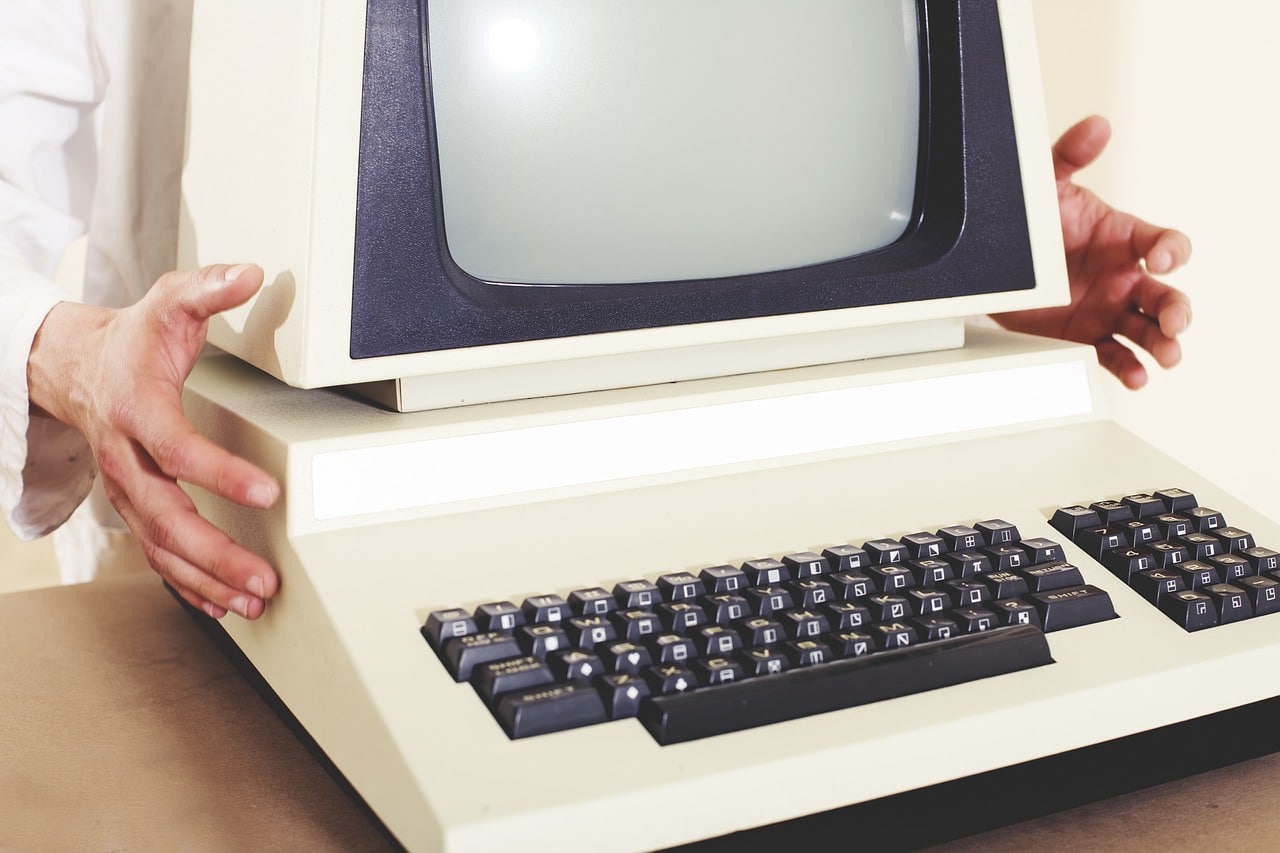
2018-6-17 12:50 |
An important and highly relevant question has emerged in the financial industry: How does blockchain technology help institutions easily connect to the increasingly diverse types of payment networks?
In our view, the ideal global payments network works just like the internet does — by using a common language to connect disparate systems.
In the nascent stages of the web, there were different standards for networking or connecting computers. It wasn’t shrewd to get rid of each standard — there was a purpose for each one. Instead, it was better to preserve and connect them with a common protocol.
All ledgers should work the same way and use a simple, common language so that money can move around the world real-time, much like information does today — enabling the Internet of value.
Interledger Protocol is driving interoperability
There is a global technical standard that provides this level of interoperability: The Interledger Protocol (ILP). ILP can connect any network or payment system, without fundamentally changing how they work.
All banks and payment providers — from the smallest bank to the largest institution — can use the open protocol to power payments across networks globally.
In fact, The Bank of England recently completed a proof of concept that explored the synchronized settlement of payments using ILP.
Additionally, the Bill & Melinda Gates Foundation used ILP to power new open-source software — Mojaloop.
ILP helps Mojaloop connect to various payment platforms and help unbanked people around the world access digital financial services.
Stefan Thomas, the co-creator of ILP and CTO of Ripple, expounds on the need for common standards in blockchain in his latest Medium post, “Blockchain Advocates Must Learn the Law of Standards.
The post Internet of Value Depends on Interoperability, Not Blockchain Alone appeared first on Ripple.
origin »High Performance Blockchain (HPB) на Currencies.ru
|
|













